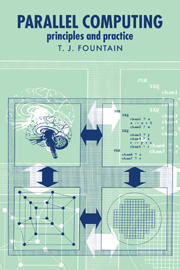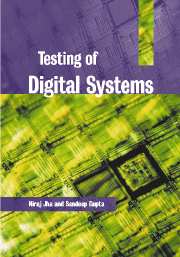Parallel Computing
This book sets out the principles of parallel computing in a way which will be useful to student and potential user alike. It includes coverage of both conventional and neural computers. The content of the book is arranged hierarchically. It explains why, where and how parallel computing is used; the fundamental paradigms employed in the field; how systems are programmed or trained; technical aspects including connectivity and processing element complexity; and how system performance is estimated (and why doing so is difficult). The penultimate chapter of the book comprises a set of case studies of archetypal parallel computers, each study written by an individual closely connected with the system in question. The final chapter correlates the various aspects of parallel computing into a taxonomy of systems.
Product details
April 2011Adobe eBook Reader
9780511884092
0 pages
0kg
This ISBN is for an eBook version which is distributed on our behalf by a third party.
Table of Contents
- Preface
- 1. Introduction
- 2. The paradigms of parallel computing
- 3. Programming parallel computers
- 4. Connectivity
- 5. Processor design
- 6. System performance
- 7. Some case studies
- 8. Conclusions
- Bibliography
- References
- Index.



